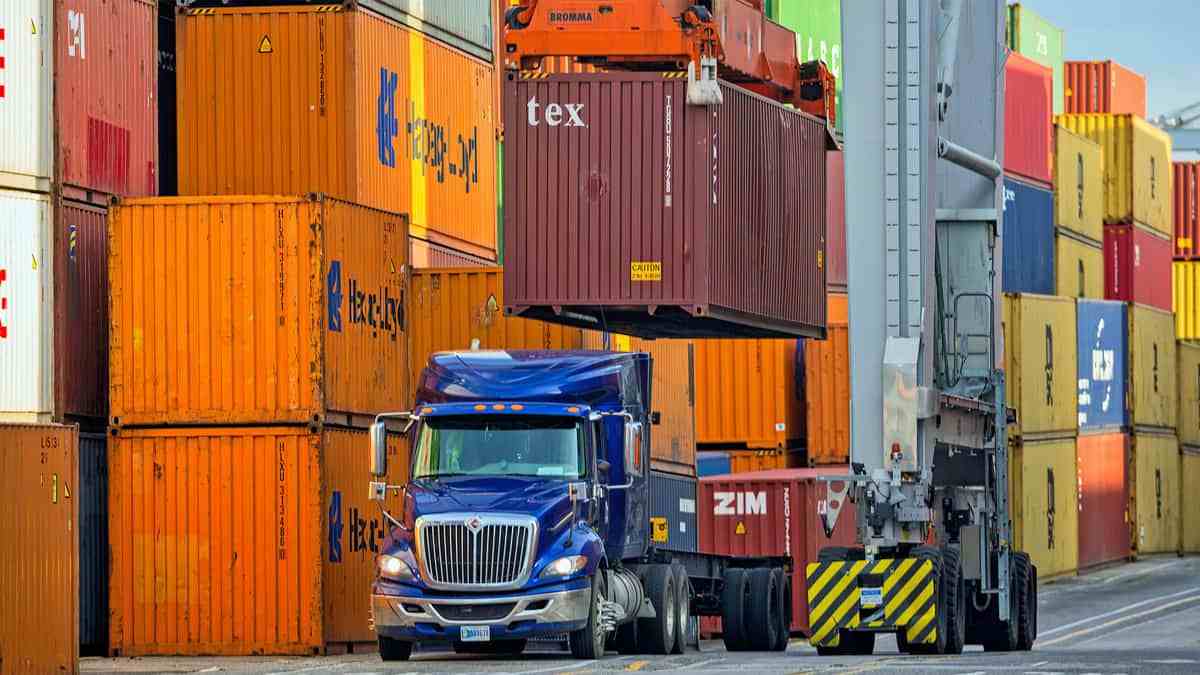In the realm of international freight, arranging multi-modal transport to the Philippines can be a strategic move to enhance efficiency and reduce costs. Whether you’re a seasoned exporter or new to shipping goods to the Philippines, understanding how to arrange multi-modal transport to Philippines is essential for seamless logistics operations. This guide will provide you with actionable steps and valuable insights to help you navigate the process effectively.
1. Assess Your Shipping Needs
Analyze the Nature of Goods
Consider the type, size, weight, and fragility of your goods. Bulky and non-perishable items might be suitable for sea freight as the initial mode of transport, while delicate and time-sensitive products could benefit from starting with air freight. For example, heavy machinery is often transported by sea initially, while high-value electronics may begin their journey by air.
Determine Delivery Deadlines
Based on your customer’s requirements, set realistic delivery deadlines. If you have urgent orders, you’ll need to prioritize faster transportation methods in your multi-modal plan. On the other hand, for less time-sensitive shipments, you can focus more on cost-saving options.
2. Select Appropriate Transport Modes
Evaluate Sea Freight Options
Sea freight is commonly the backbone of multi-modal transport to the Philippines due to its cost-effectiveness for large volumes. Major ports like Manila and Cebu offer extensive connections. Research shipping lines, their schedules, and container options to find the most suitable sea freight solution for the first leg of your journey.
Consider Air Freight for Urgency
If speed is crucial, air freight can be a vital part of your multi-modal strategy. Airports such as Ninoy Aquino International Airport in Manila enable quick access to the Philippines. However, keep in mind that air freight is more expensive, so use it strategically for urgent or high-value goods.
Explore Land Transport for Connectivity
For the final delivery or the middle segments of the journey, land transport like trucks or trains can play a key role. In the Philippines, a well-connected road network allows for efficient movement of goods from ports or airports to their final destinations. Evaluate the feasibility and cost of land transport options based on your specific delivery locations.
3. Choose Reliable Logistics Partners
Research Freight Forwarders
Look for experienced freight forwarders with a good reputation in handling multi-modal transport to the Philippines. They can coordinate between different carriers and manage the entire logistics process. Check online reviews, ask for referrals, and review their track record in handling similar shipments.
Collaborate with Carriers
Partner with reliable carriers for each transport mode. For sea freight, choose established shipping lines; for air freight, select reputable airlines; and for land transport, work with trusted trucking or rail companies. A strong partnership with carriers, similar to the ones maintained by professional freight companies like China Top Freight, ensures smooth operations at every stage.
4. Manage Documentation and Customs Clearance
Prepare Necessary Documents
Gather all required shipping documents, including commercial invoices, packing lists, bills of lading, and certificates of origin. Ensure that the documents are accurate and comply with both Chinese and Philippine regulations. Different transport modes may have specific documentation requirements, so double-check and prepare accordingly.
Handle Customs Procedures
Understand the customs regulations of both countries. Work with a customs broker or your freight forwarder to navigate the customs clearance process. They can help you with tasks such as tariff classification, duty payment, and ensuring compliance with all import/export rules in the Philippines.
5. Coordinate and Monitor the Transport Process
Establish Clear Communication Channels
Set up effective communication channels with all parties involved, including suppliers, carriers, freight forwarders, and customers. Regularly update each other on the status of the shipment, any potential delays, and necessary adjustments. Clear communication is the key to a successful multi-modal transport arrangement.
Track the Shipment
Utilize tracking tools provided by carriers and freight forwarders to monitor the progress of your goods throughout the multi-modal journey. This allows you to stay informed about the location and estimated arrival time at each stage, enabling you to take proactive measures in case of any issues.
In conclusion, successfully learning how to arrange multi-modal transport to Philippines requires a comprehensive assessment of your shipping needs, careful selection of transport modes and partners, proper management of documentation and customs, and effective coordination and monitoring. By following these steps, you can create an efficient and cost-effective multi-modal transport solution for your shipments to the Philippines.


